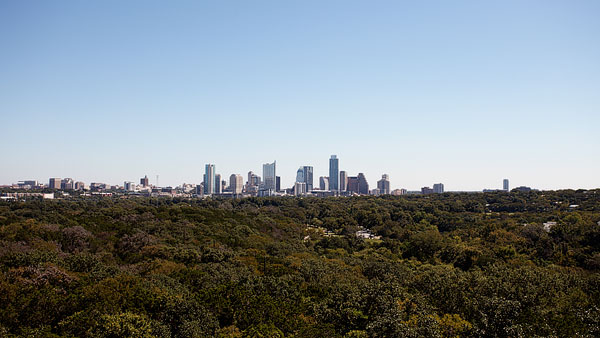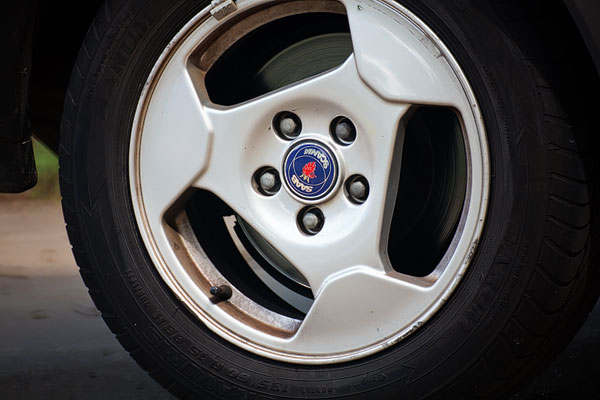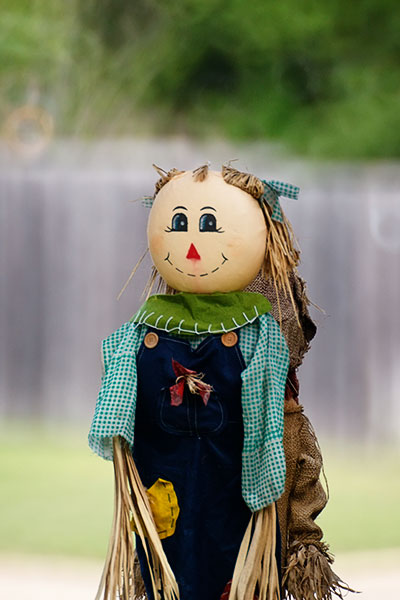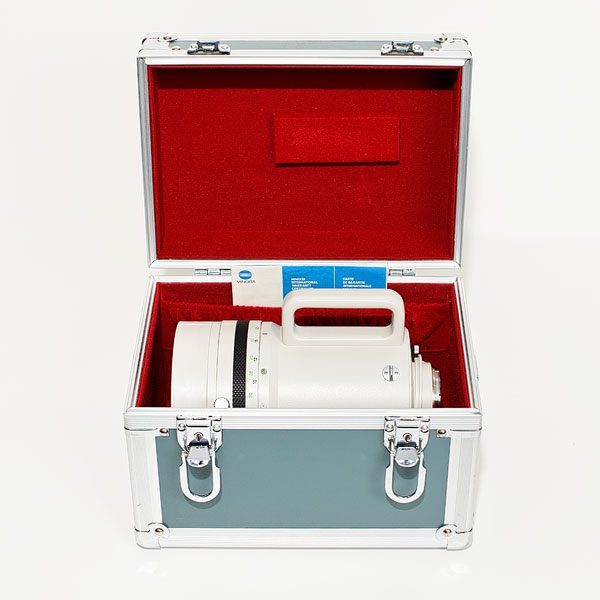With thanks to Roy Niswanger for his images and feedback on the 800mm f/8 RF

In addition to the more common 500mm and 250mm catadioptric telephoto lenses Minolta also produced lenses of 800mm and 1600mm focal length. These huge lenses are guaranteed to get attention!
Some of the rarest (and most expensive) lenses produced for the Minolta manual focus system were the 800mm f/8 RF and 1600mm f/11 RF lenses. The 800mm was first introduced in 1972, and was originally marked as "80cm". It initially came with 2x, 4x, and 8x ND filters, as well as red, orange and yellow filters, which were attached at the rear of the lens. The lens had a black body, and a weight of 1.8 kg. In October 1973 the lens was updated in line with a rebadging of Minolta's lens line, and became the 800mm f/8 RF Rokkor-X. At this time the filters provided with the lens were reduced to a 4x ND, plus red,orange and yellow.
The lens remained essentially unchanged until June 1981, when it underwent a significant design change. The external case was redesigned with an integrated handle, and the colour went from black to white (as shown in the image above). The lens became slightly heavier, at 1.96kg, and the wide focusing ring was replaced by a thinner ring with a metal stop to enable easier focusing. The lens remained in this form until production ceased.
Unlike normal telephoto lenses, the 800mm uses a catadioptric design to enable the 800mm focal length to be achieved in a smaller package. These lenses are often called 'mirror lenses' because they use mirrors as well as optical elements in their construction, as shown below:

Mirror lenses are very common on ebay, and can be quite inexpensive. A quick search reveals Vivitar and Rokinon 800mm mirror lenses for under $200 for various camera bodies. At this price they are quite inexpensive, and a fraction of the price that the Minolta 800mm f/8 RF was when new. So why would the Minolta lens be so much more? Well first of all, like with all things, you get what you pay for. Many of the mirror lenses available on the market and advertised as f/8 have a theoretical aperture of f/8, but a light transmission value that is actually lower than this figure. Additionally, they often exhibit significant light falloff towards the edges, and are generally less than satisfactory optically.
The Minolta lens is in a different class altogether. With a significantly larger design it is a true f/8 lens, with minor light falloff and very good optical performance. Of course, an 800mm lens provides enormous magnification, as shown below.








